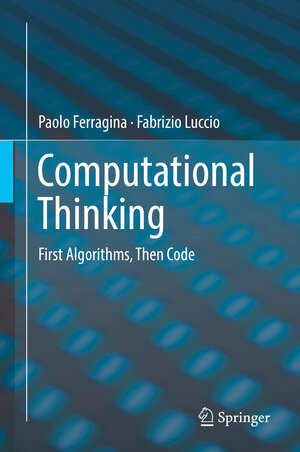
“This small volume is a step-by-step introduction to algorithms, their implementation, efficiency and run time. Requiring only basic mathematical knowledge, it aims at teaching how to transform ideas into executable programs, giving several solutions to common tasks, taken from topics of our everyday world.” (Dieter Riebesehl, zbMATH 1402.68003, 2019)
“The book is organized by application or problem area rather than by algorithm type, and covers a good variety of topics in a small space. It leans toward areas that have caught the public imagination, such as Big Data, web search, and cryptography. In each subject area the problem is described first, followed by a text description of algorithms to solve it, and completed with one or more pseudocode listings.” (Allen Stenger, MAA Reviews, January, 26 , 2019)
This book offers a gentle motivation and introduction to computational thinking, in particular to algorithms and how they can be coded to solve significant, topical problems from domains such as finance, cryptography, Web search, and data compression.
The book is suitable for undergraduate students in computer science, engineering, and applied mathematics, university students in other fields, high-school students with an interest in STEM subjects, and professionals who want an insight into algorithmic solutions and the related mindset. While the authors assume only basic mathematical knowledge, they uphold the scientific rigor that is indispensable for transforming general ideas into executable algorithms. A supporting website contains examples and Python code for implementing the algorithms in the book.




